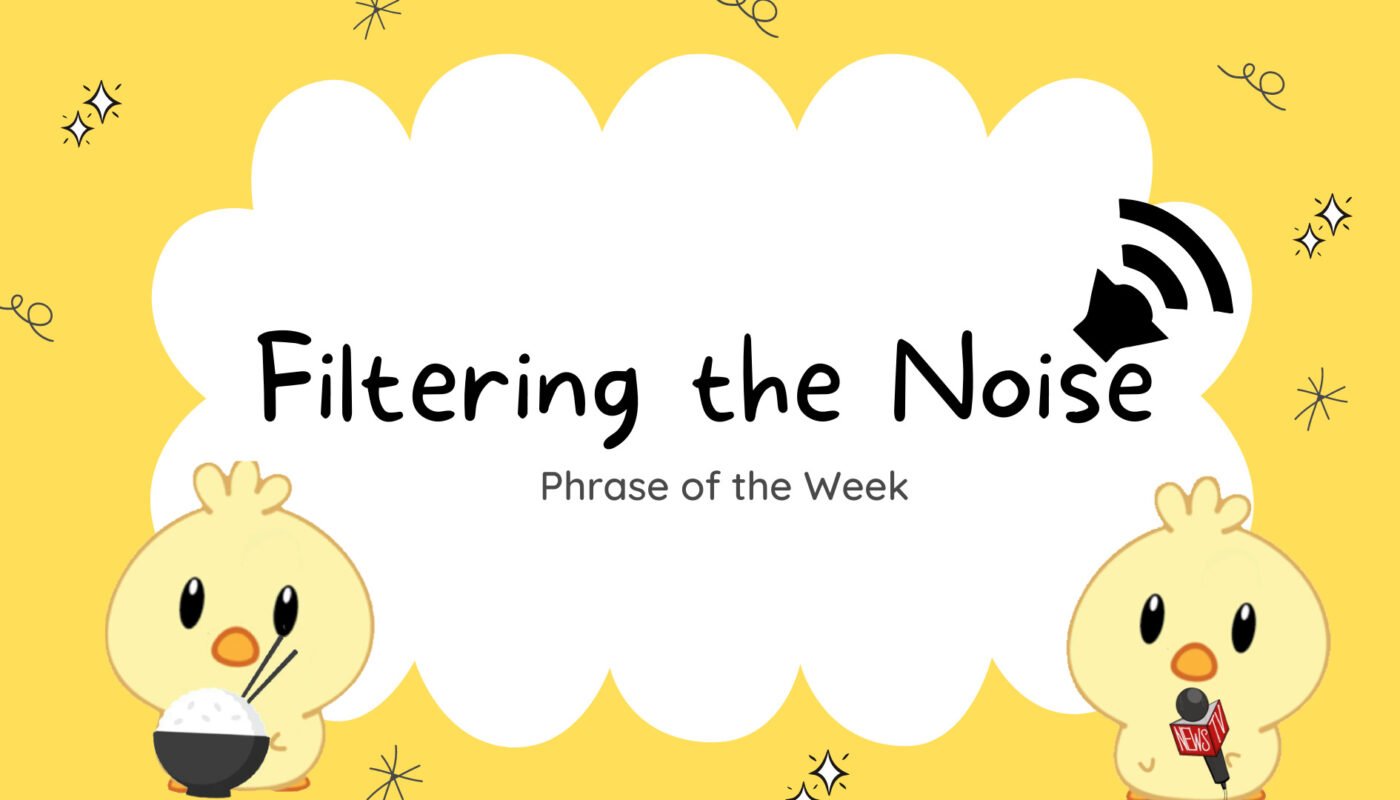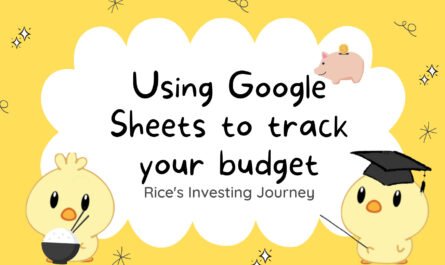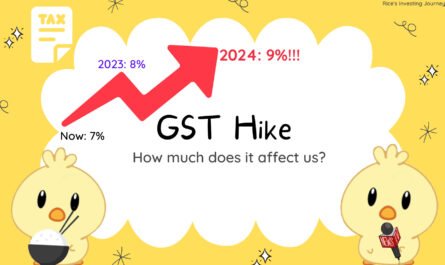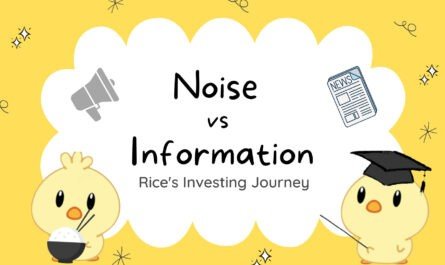What is Noise?
So what is Noise? Noise is anything that is the opposite of factual and reliable information such as (but not limited to); opinions, rumours or personal views. In trading/investing noise can also refer to small fluctuations in the market price that occur due to no explainable reason. Nassim Nicholas Taleb, author of Fooled by Randomness calls this ‘perfect noise’. This article will be based on parts of Fooled by Randomness
I have talked more about this in my previous article on Noise vs Information, so do check that out if you would like to learn more on how to identify noise.
Why should we filter noise?
While noise may seem harmless, there are a few reasons why we should filter out noise at all costs.
Firstly, perfect noise can divert us from real market movements. One might be so caught up in small movements and reasons for their movements that it overshadows the important reasons that cause large market moves (when that happens). It is difficult for us to focus on so much information at one time and being caught up in such noise may prevent us from catching actual information.
Secondly, noise prevents us from forming our own observations. Imagine reading this headline ‘Stocks fall amid (insert reason here)’. This creates a form of anchoring as we tend to link stocks falling to said reason. However, the reason stated may not be a major factor or there are multiple reasons at hand contributing to the move.
Lastly, noise can mislead us from factual information. Most times, noise sounds seemingly logical which causes us to lump information and noise together. When that happens, we may take noise as our ‘information’ which can have detrimental effects On our trading.

Factors determining noise
In this section, we shall talk about factors that can help us determine if it is ‘noise’. According to Taleb, it can be determined by significance and causality.
Significance
Significance, in short, refers to the quality of being statistically significant. For example, in a 3,000 mile cycling race, if cyclist A beats cyclist B by 2 seconds, it would not be considered significant. It cannot be said with complete certainty that cyclist A is faster than cyclist B as the difference can boil down to randomness. On the other hand, what if it was a 200 metre race? If runner A beats runner B by 2 seconds, that would hold some significance to be worth studying the reasons for the difference.
In addition, significance is not linear due to the non-linearity in probability. A 2% move in the market is not twice the significance of a 1% move. Hence, something of a 4% move is way more significant than a 0.4% move (in the same period).
Causality
Causality refers to the influence of one event (the cause) contributing to the production of another event (the effect), where the cause is partially or wholly responsible for the effect . In other words, there is a ‘cause-and-effect’ relationship’. According to Taleb, causality is complex as it is very difficult to isolate a single cause if there are many around (this is also known as multivariate analysis). In short, it is difficult to determine causality if it is caused by multiple factors as we have to look at their historical effect jointly and in isolation as well as many other factors.
While in some cases it is easy to determine causality (e.g. I never brush my teeth. I have tooth cavities), others may not be as clear cut. This is more so in financial markets, where the price movements may not have a clear cause.
How do we filter the noise?
How do we filter the noise? Well, there is a simple trick to filter noise in the financial markets! As we become familiar with typical market movements, we should only look out for abnormally large % changes. Unless something moves more than its typical daily movements, it should be taken as noise. This applies to whatever time frame applicable to your strategy.
Secondly, noise can be filtered out depending on the degree of confidence of said opinion (noise). An opinion with a low degree of confidence is likely to have a high degree of error compared to one with a high degree of confidence.
Conclusion
That is all for the article, hope you found it useful. If you did, I highly recommend you to give Fooled by Randomness by Nassim Nicholas Taleb. For more about noise and filtering noise, do take a read of Chapter 11 on the part called ‘The Bloomberg Explanations’.

A lot of insights came from the book, so for all who want a more detailed reading do check it out to find out more about randomness and how it affects traders (and others alike) in their daily lives.
Cheers!
-Rice





Will check out your recommendation! Nice work rice!
Cheers! : D